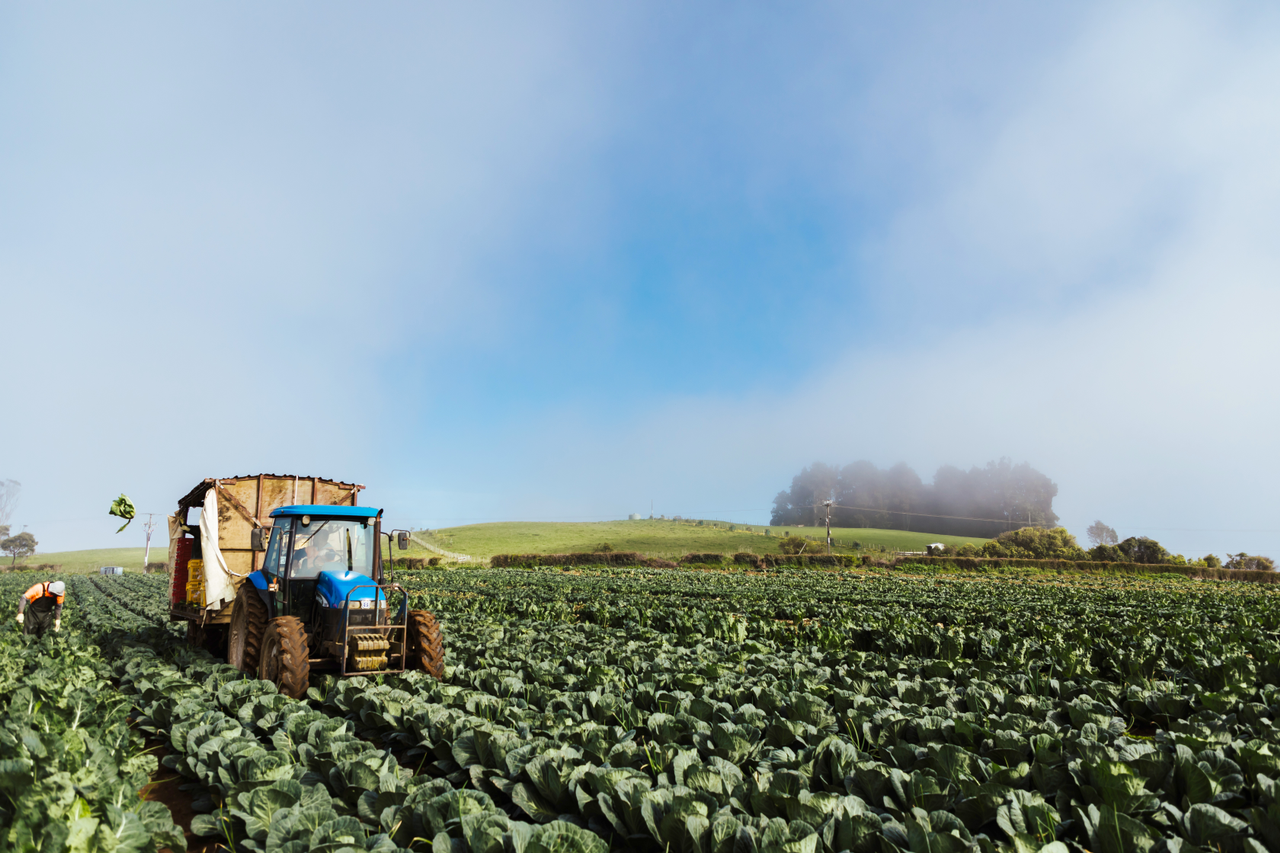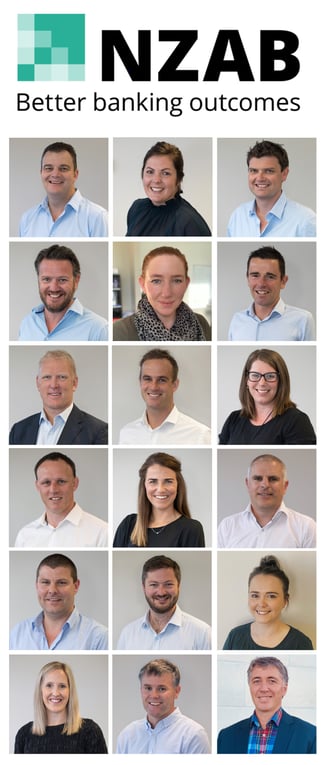
Continuing on with the theme of getting the next generation into farming, Tom Laming talks in this article about his own family story, and then lays out some mindset and capital structure considerations that might help.
My grandparents immigrated to New Zealand from the Netherlands in 1950. Like many of their countrymen, bruised and battered post-war, the idea of a fresh start on the other side of the world held great appeal. And so with four children in tow (including a six month old son), some personal belongings and a container of furniture that would follow later, they embarked on a journey to a new world.
With plans to work on the wharves of the best available port turned upside down by the 1951 waterfront dispute, my Grandfather turned to farming (an industry he had little to no background in) to provide for his growing family.
After moving around a few jobs in South Canterbury, he and my Grandmother and their now seven children settled in Waimate on their own farm in 1960. Talk about a land of opportunity – ten years after hitting the shores of New Zealand they were in a position to buy their own piece of land, having come to the country with little more than a desire to work hard and some good old-fashioned Dutch spirit.
I think you could categorically say that you wouldn’t find a story like that today, yet 60 years ago that pathway was pretty commonplace.
What’s really interesting is how our family’s ties to the rural sector have evolved since.
Of their four boys and three girls, three of the boys went farming, one became a vet and the three girls all married non-farmers (although they all maintained very close ties to the home farm).
Being prolific Catholic breeders, those seven children produced 30 of the next generation. And at the last count, only three of my generation are actively farming, with a few more of us retaining ties via professional endeavors to the land.
So, an industry that supported my grandparents into their own purchase in ten years, that provided such a great upbringing for many of us, has only held three in active farming roles.
And you will find many similar stories around the country. Where bright and driven minds brought up within farming businesses have left the industry altogether, taking their skills and the lessons learned from farm-life and parlaying those into success in other industries.

And yet we sit in New Zealand agriculture and horticulture with some amazing opportunities in front of us.
The world wants what we produce, for the most part we do that efficiently and with an improving environmental impact, and we have a story supported by the wonderful natural resources and appeal our country has to offer.
One of the greatest challenges we face is retaining the best and brightest in the industry, and attracting others to it, so we can fully capture the value inherent in our resources.
In a recent article, Andrew Laming delved into the ways that Fonterra, as New Zealand’s largest processor, could support industry growth, investment and succession. It was just the sort of forward and lateral thinking that’s needed to get people thinking differently about how to transition our industries to a new generation.
But what are some of the other ways that farmers and producers can own this problem and opportunity themselves?
Firstly, some context. The Agri sector in New Zealand has around $61bn of debt today.
I couldn’t find any accurate estimates of the wealth that’s held in the sector (in contrast I found that New Zealand’s housing stock is now worth in excess of $1.5 trillion!), but using some crude maths, we can come up with a couple of numbers.
If we assume that the overall sector is leveraged at say 30%, that implies an (on-farm) asset base of around $200bn. At 25%, this increases $244bn. Those are big numbers and show how much wealth has been created within the farm gate over the last 20-30yrs.

And what those numbers also represent is opportunity.
The opportunity to use that wealth that has been accumulated to foster greater investment, to diversify, and to support the next generation of farmers and orchardists into the sector (whether family or other parties).
This is something that the industry has done so well in the past. Whether it was my grandparents buying a farm within ten years of coming to New Zealand, or the many 50:50 share-milker's that were able to take the step to farm ownership in the late 90’s and early 2000’s, there has been a clear pathway to progress through to an ultimate goal of farm ownership.
But that wealth creation that provides so much in terms of opportunities now also builds barriers, with the maths on buying a viable farming unit now so much more challenging.
As an example, when I started my Banking career in South Otago in 2002, it took around 15 cows to buy a hectare of dairy. That number now sits at around 28-30x if you want to buy a decent irrigated unit in Canterbury. That’s a huge step-up, and that doesn’t even account for how hard it is to find the 50:50 job in the 1st place!
Whilst there may be many ways to attack this challenge, I think this comes down to three major factors.
Firstly, we need to recognise the potential enterprise value of having great talent in your business.
Secondly, how do we re-frame what growth looks like for the employee and what a pathway through the industry looks like?
And lastly, how can we more laterally and creatively look at the balance sheets of farming businesses to find ways to support the next generation into farm ownership and best utilize the wealth that has been created?
Growth for the next generation doesn’t always have to mean buying farmland.
As we know, the pathway to outright farm ownership gets more and more challenging as the numbers get bigger. Yet we also know the agriculture and hort sectors can provide exciting opportunities to those with the right mindset.
Growth for an employee or family member need not always be about farmland accumulation. It could be any of:
- Growth in farming assets, not farm land
- Using employee income to grow other off farm assets
- Growth in diverse skills-sets that lead to other opportunities
- A career not an investment pathway
The value we place on great talent in our business is underdone
Part of this re-framing is challenging our own perceptions of how value in our businesses will be driven in the future.
If we truly accept that great talent is vey scarce indeed and that great talent can have a meaningful impact on the future growth of your business (and in turn your own wealth), then opening up different capital options for them to participate becomes much easier to do.
Remember that time you had a great manager – think about how much they delivered financially for you. Think about how much they delivered in terms of wellbeing as well. What would you do to retain and nurture talent like that in your business?
Putting some real dollars into this statement- if a great talent delivered you an extra $100,000 of profit every year (this is only 15,000 kgms) – and that was able to be replicated for 10 years because that talent stayed with you for that time, this has a present value of c. $736,000 (10 years of extra profit, weighted for a return of 6%).
What would you give away to share in that?

We need to think more laterally to unlock the wealth that has been created.
$200bn is a heck of a place to start when you think about unlocking and utilizing the wealth across the sector! Whilst we know that balance sheet isn’t everything, and that the ability to grow and to create options also requires profitability, we also know a strong balance sheet can create opportunities.
So, what could this look like as we try to transfer wealth and create pathways for the next generation to lead and grow the industry?
It’s important to note that the traditional methods of direct wealth transfer via succession, equity partnerships, 50/50 sharemilking, share farming and leasing are still very valid. But we’re going to need a few more tools in our tool box as these simply aren’t enough to deal with the capital gap requirements of today, plus trying to attract and retain the best talent.
Here are but a few of the capital structure examples that we’ve been discussing as a team
- Using your balance sheet alongside your up-and-coming talent to diversify and co-invest: This could be inside or outside the farm gate. You would take a stake in the new venture alongside your employee/family member. A pathway might allow for the younger member to acquire more shares at a pre-agreed level (effectively an “option”). Your balance sheet might also be used to on-lend the employee money to allow them to increase their shareholding in that venture. They can service and repay this from their salary.
- Management share incentive schemes: This is where you issue more share capital into one of your companies. For example, this could be 5% new capital and over a period of time, these are allocated (by way of a “bonus”) to key staff members. The shares might take time to “vest” meaning they only have the full benefit after a period of time. Having exit provisions, and a robust process for valuation are important if they ever wanted to move on.
- “Options”- similar to the above, this is a right conferred to an individual to purchase shares at a pre-agreed price, with the incentive being that if that share prices goes up, then there is a gap between that pre-agreed price and the current share price, creating value for the option holder. These are great if the business or venture has an end date or is going through a development phase which might create a “liquidity event”
- Retain capital in the industry when you exit yourself. This could be as simple as a vendor mortgage or leaving an equity stake in your existing farm – or it could be about actively participating in a new equity partnership with a new group of investors and managers. Over time, we would love to see the industry evolve to a point where farmers may consider leaving capital in as debt as well as equity, deriving a return for themselves (on commercial terms) whilst helping to bridge the gap with traditional forms of debt.
- Breaking up the balance sheet – Akin to both sharemilking and option one above - but instead of looking for a new opportunity- is there a chance to sell some of the exiting assets in your balance sheet into a new split venture?
There are many other versions of the above and we’d be happy to talk to any one of you about how they might fit into your own strategy and succession plan.
Our challenge to all the industry is to start to think more laterally about how to bring the next generation through, and how to support them to achieve real and tangible growth.
Our intention is to build on this theme over-time, and explore some of these different options and pathways in more depth. At NZAB, we are passionate about farming, its past, its present and its future. And we get really fired up about the future! About our role in helping the industry and those in it create and take opportunities that ensure the resources we have are utilized for the benefit of all.

Who is NZAB?
Farming’s very complex and you can’t be an expert in everything. That’s why the best farmers gather a specialist team around them. Our specialty is better banking outcomes for our clients.
There’s no one better to work alongside you and your bank. With a deep understanding of your operation and our considerable banking expertise, we can give you the confidence and control to do what you do best.
We’ve been operating for four years now and we’re right across New Zealand, For an introductory no cost chat, pick up the phone and talk directly to one of our specialists on 0800 NZAB 12.
Or if you prefer, Visit us at our website or email us directly on info@nzab.co.nz

